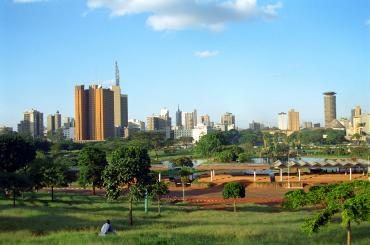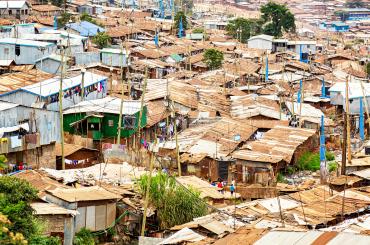
Kenya
-

Better financial contracts can unlock business growth in Kenya
Flexible financing for ‘last-mile’ distributors boosted profits across a food supply chain in Kenya.
-

Do cash transfers cause inflation?
Evidence from cash transfers at scale in Kenya suggests that demand-side policies or stimulus may be very effective at raising output without creating inflationary pressure when there is a lot of ‘slack’ in the economy.
-

How low demand constrains productivity and economic development
Evidence from Kenya shows that small firms have a lot of ‘slack’, i.e. they could produce substantially more output without having to hire additional workers, buy additional machines, or raise prices, simply by reducing their idle time. Why is slack ...
-

Businesses profiteer from humanitarian cash transfers through price hikes
Evidence from Kenya shows how cash transfers in imperfect markets lead businesses to capture some of the benefits by raising prices, ultimately at the expense of transfer recipients.
-

The impacts of noisy workplaces on productivity
Loud workplaces can cause hearing loss, but can they also hurt workers’ productivity and performance?
-

Comparing approaches to breaking the poverty trap by promoting entrepreneurship
Cash grants and a multifaceted entrepreneurship programme both had temporary impacts on young women’s income in Nairobi, Kenya, but only the more holistic approach led to long-term improvements in wellbeing
-

Universal basic income in Kenya
What are the effects of a universal basic income in Kenya?
-

The health impacts of average vs peak pollution exposure: Evidence from cooking in Kenya
Lowering peak pollution exposure through fuel efficient cookstoves reduces respiratory symptoms. But in areas with high average pollution, more must be done to improve clinical outcomes and reduce health expenditures.
-

Predicting terror attacks using insurgent networks and revenue streams
Al-Shabaab’s revenue streams and its position in the al-Qaeda network are strong predictors of its attacks and can be used to more accurately estimate the impacts of terrorism